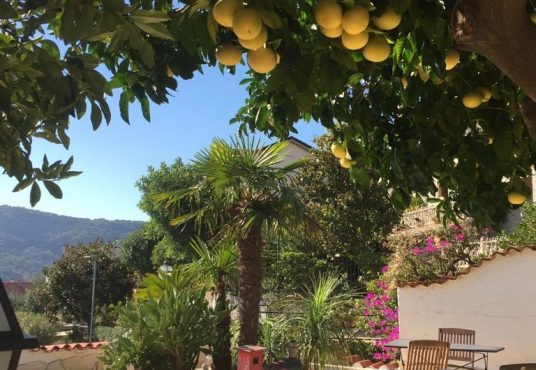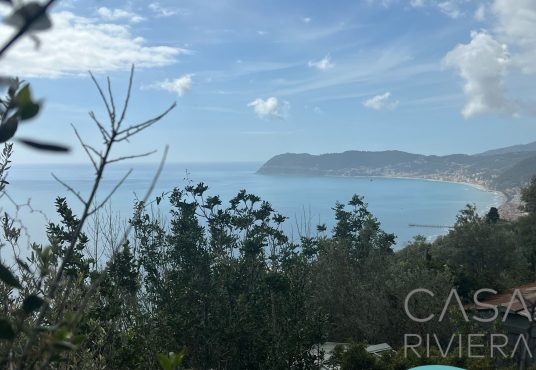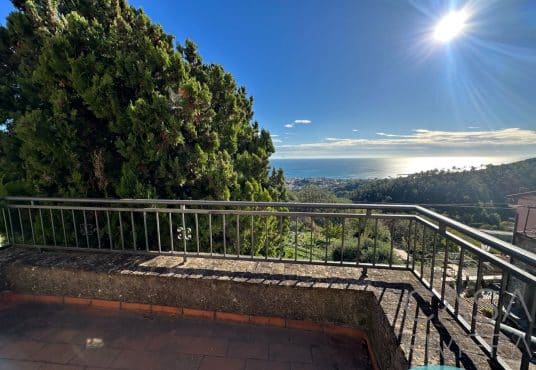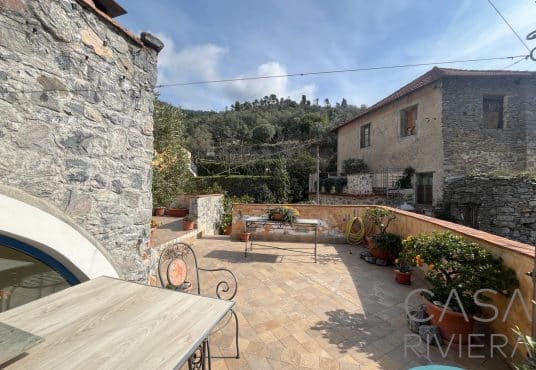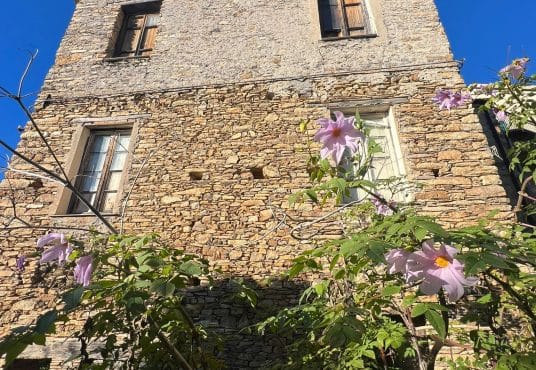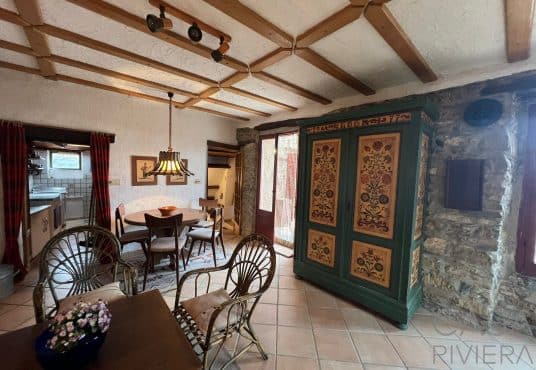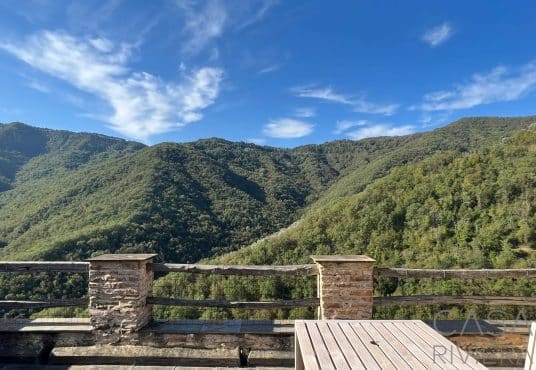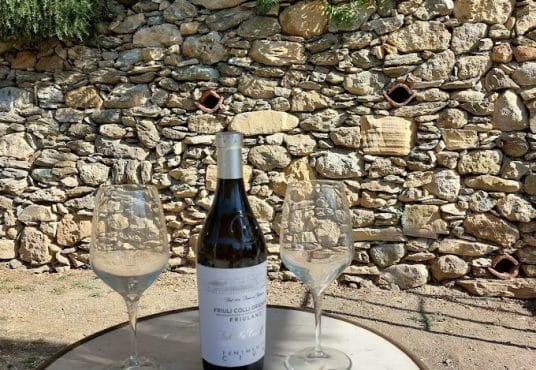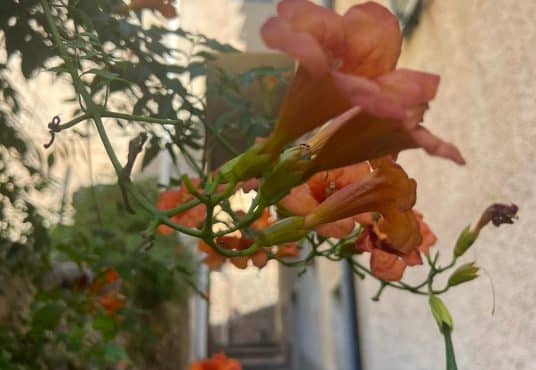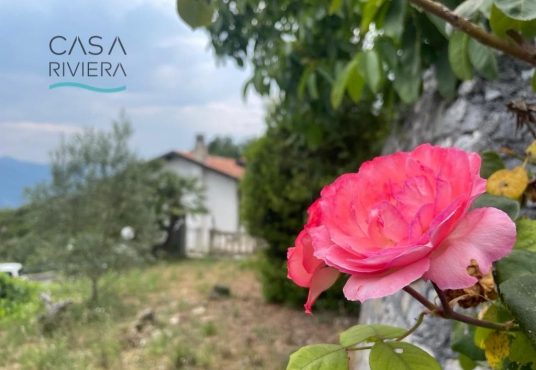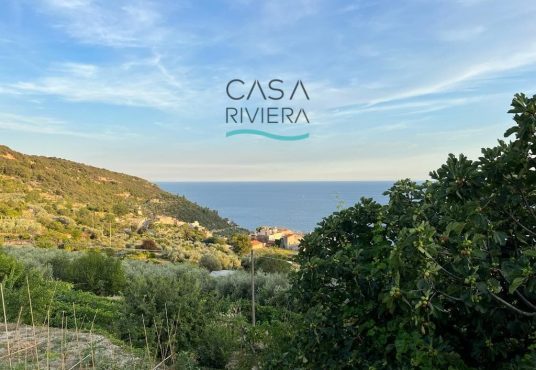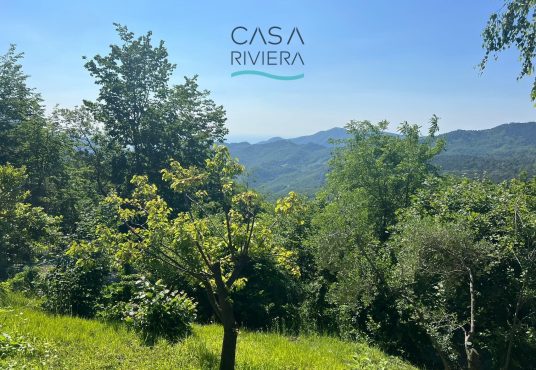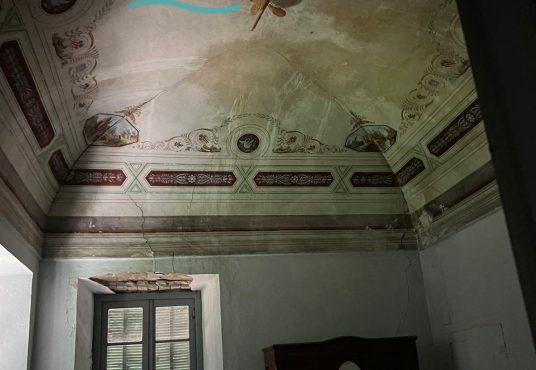Liguria is located in the northwest of Italy, and stretches along the coast to the Ligurian Sea. As in all of Italy, the best travel time for the Liguria region is generally in the summer months from June to the end of September. The consistently warm temperatures and the fact that there is hardly any precipitation during this period make this area so interesting for tourism. However, a regional distinction must be made here:
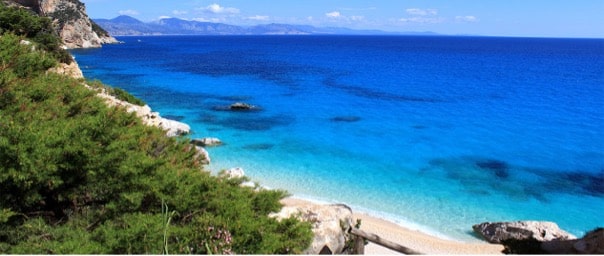
Because Liguria, preferably the western part of Ponente, is one of the preferred regions in Italy in terms of climate - not too hot in summer and never too cold in winter - this guarantees 300 days of sunshine a year and, in contrast to Ticino, Garda- or Lake Como, a subtropical climate, without ice, snow, frost and fog in winter. The Levant has only about 220 days of sunshine a year, because of the Apennines mountains where the clouds accumulate in westerly winds. It rains more frequently there southeast from Genoa, which is why so many tree nurseries can be found there. If you talk about the best travel time, you could say: all year round, preferably: April, May, June and September, October, because then it seems unused.
The special location of the region
Liguria is a narrow stretch of land that stretches directly along the coast. Nevertheless, with only around 5400 square kilometers, the region is one of the smaller areas of Italy. The coastal region is quite diverse and inspires locals and holidaymakers alike with its natural sandy beaches and small bays to the romantic coastal towns and famous seaside resorts.
From anywhere in Liguria you can be at the sea in a short time, as the region extends only a few kilometers inland. There the picture is characterized by the olive groves typical of Italy, wide vineyards, accompanied by the chirping of crickets. The land then rises very quickly and reaches the Ligurian Alps, the highest mountain of which is the 2152 high Monte Fronte.
Historical events
Liguria got its name from its former inhabitants, the Ligurians, who came under Roman control as early as the 3rd century BC. At that time the area extended much further and reached from the northern slopes of the Apennines to over Albintimilium, which is today's Ventimiglia. In the Middle Ages, the area fell under the rule of the city of Genoa.
The tourist infrastructure
Thanks to the beautiful landscape and the pleasant temperatures, the region attracts countless tourists from all over the world every year, but without appearing to be overcrowded. The focus is of course on the summer months, which many visitors use for their perfect beach holiday or for one of the numerous water sports on offer. Unfortunately, as in many southern regions, the mistake was made in the past to spoil the coast in many places with tourist buildings. After all, there was only a very limited amount of space available. In the meantime, however, the government has learned something new and is preserving the naturalness of the numerous remaining, not yet built-up areas along the coast for future generations.
In addition to tourism, the region benefits from visitors who not only want to come on vacation, but also want to settle down permanently in these beautiful surroundings. At the moment, the area is still an insider tip for property seekers. If you are looking for an investment and are also looking for a quiet and beautiful spot for retirement, you will find it here at a reasonable price.
However, since tourism is the main source of income for the narrow strip of land, the region offers much more than just bathing. Liguria can also be seen culturally.
Sights and excursion destinations nearby
Any of the 10 exciting national parks that are spread across the country and protect not only the flora but also the fauna can be named as worthwhile excursion destinations. Nature reserves such as the limestone cliffs on the island of Bergeggi offer a large colony of Mediterranean seagulls not only protection, but also an ideal nesting opportunity.
To protect the marine flora, two extensive strips of water have been designated as marine protected areas. Coral banks, anemones, sponges and precious corals live and grow in these protected zones. The land and water protection areas make a valuable contribution to nature and environmental protection.
Various leisure activities as well as a large number of festivals and exhibitions round off the tourist program and make the country interesting for visitors interested in culture. In this way everyone can find exactly the ideal leisure activity and make their stay a unique experience that will be remembered for a long time.
Conclusion: Liguria is always worth a trip!
All stress-ridden and sun-seekers get their money's worth here. All year round. Because on the coast the sun shines around 300 days a year, with almost always moderate or warm temperatures.
In the mountainous hinterland, temperatures remain noticeably lower in winter. They are still in the plus area here, but due to the higher location they do not reach double-digit values.
